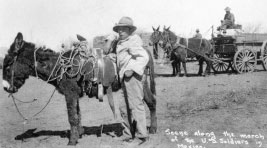The General and the Jaguar (62 page)
Read The General and the Jaguar Online
Authors: Eileen Welsome

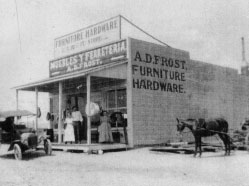
Archibald Frost was shot twice on the morning of the raid as he tried to get his wife, Mary Alice, and infant son to safety.
Frost, who survived his wounds, operated a store that sold furniture, hardware, and munitions
. (Courtesy of Richard Dean)
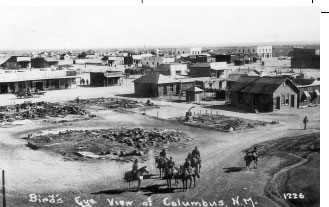
An aerial view of Columbus after the raid. The burned areas represent the locations of the Commercial Hotel, a grocery store,
and several smaller buildings, which caught fire during the attack.
(New Mexico State Records Center and Archives)
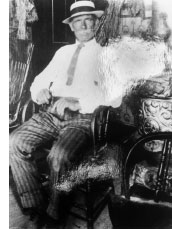
William Ritchie and his wife, Laura, operated the Commercial Hotel, where five men, including Ritchie, were executed.
(Pancho Villa State Park)
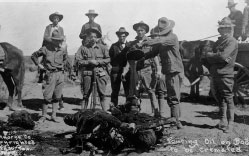
Soldiers from the Thirteenth Cavalry gathered up dozens of dead raiders and burned them on the outskirts of town.
(New Mexico State Records Center and Archives)
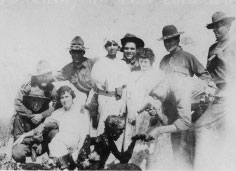
U.S. soldiers and their girlfriends used the charred bodies of Villistas as macabre props in photographs taken after the raid.
(Columbus Historical Society Museum)
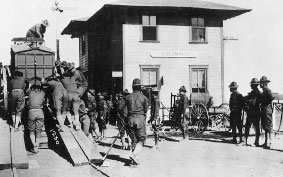
The sleepy village of Columbus turned into a boomtown following the attack. The railroad depot, which looks much the same
today, was one of the busiest places in town as troops, horses, foodstuffs, trucks, and even aircraft parts were offloaded
for the Punitive Expedition.
(National Archives)
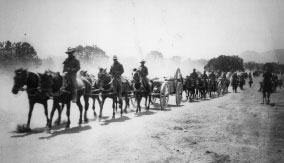
General Pershing sent small, fast-moving columns into the uncharted deserts and mountains of Chihuahua in an effort to surround
Villa before he escaped. The cavalrymen moved so quickly that it was often weeks before supplies reached them.
(Gallery of the Open Frontier)
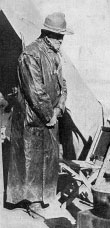
General Pershing shared in the hardships endured by his troops, sleeping on the frozen ground, using the fender of his touring
car as a desk, and eating whatever his cook could scrounge together.
(National Archives)
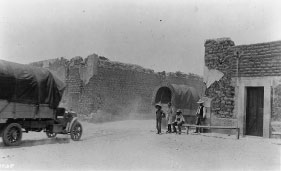
The Punitive Expedition employed trucks to transport supplies after the Mexican government made it clear that it would not
allow the U.S. Army to use its railways. It was the first time that trucks were used in a major military campaign, and the
lumbering vehicles aroused the curiosity of villagers and soldiers alike.
(National Archives)
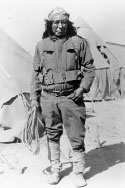
Apache scouts were used to hunt down the Villa bands. They were extraordinary trackers but demanded such civilized amenities
as sand goggles, wristwatches, and emollients for their lips.
(National Archives)
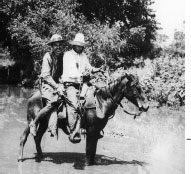
A Mexican farmer helps a U.S. officer across a stream.
(Gallery of the Open Frontier)
